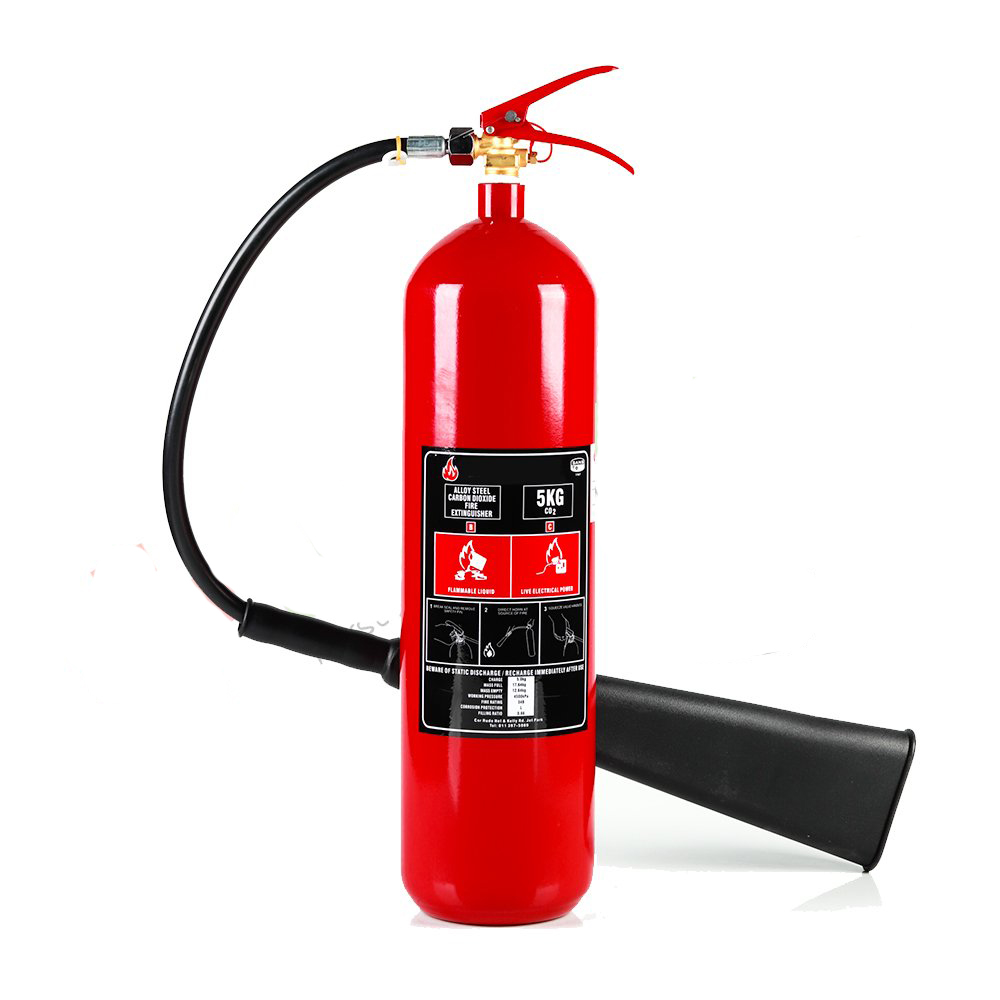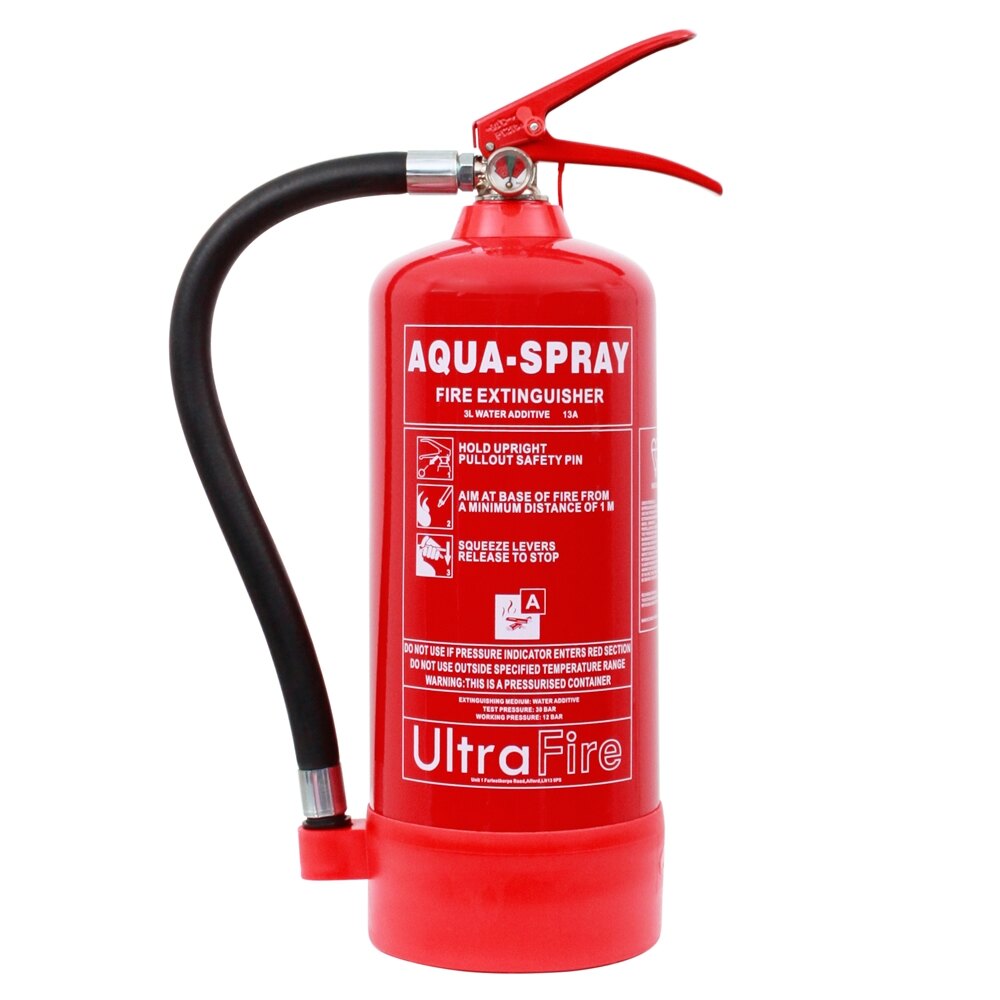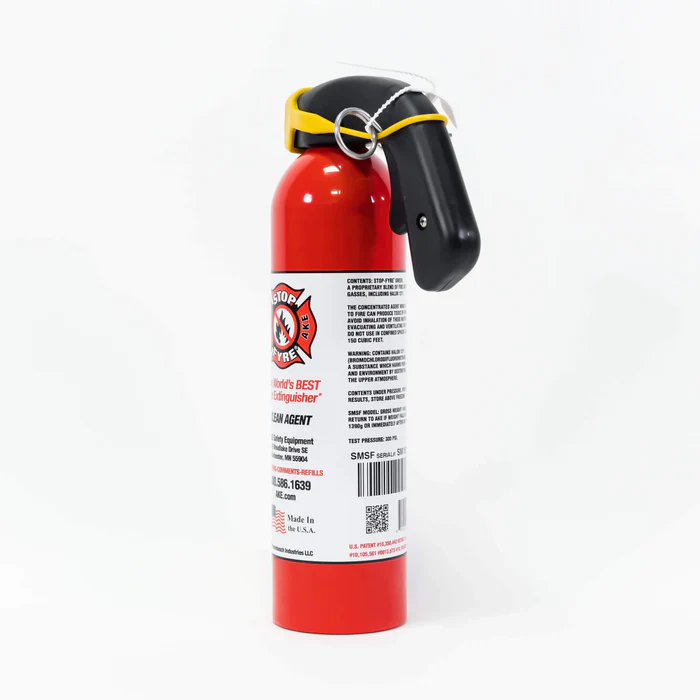I. Introduction
A. Importance of Proper Disposal
Proper disposal of fire extinguishers is crucial for ensuring the safety of the environment and those around us. Fire extinguishers contain various chemicals and materials that can be harmful if not disposed of correctly. By following the proper disposal procedures, we can prevent these harmful substances from contaminating soil and water sources, as well as causing harm to wildlife.
B. Environmental Impact of Improper Disposal
Improper disposal of fire extinguishers can lead to serious environmental consequences. The chemicals and materials in fire extinguishers can leach into the soil and water, causing pollution and harming the ecosystem. In addition, the release of these substances into the air can contribute to air pollution.
II. Identifying Expired Fire Extinguishers
A. Understanding Expiration Dates
Fire extinguishers are typically marked with expiration dates to indicate when they should be replaced or recharged. Understanding these expiration dates is crucial in ensuring that the extinguisher is capable of performing its intended function when needed.
The expiration date on a fire extinguisher usually indicates the end of its manufacturer-specified lifespan, after which the extinguisher may no longer be reliable or effective in combating fires. It is important to pay attention to these dates and replace the extinguisher as recommended by the manufacturer to maintain optimal safety standards.
Different types of fire extinguishers may have varying expiration dates based on factors such as the materials used in their construction and the extinguishing agent they contain. It is important for users to be familiar with the specific expiration guidelines for the type of fire extinguisher they are using. As outlined by the manufacturer or relevant safety standards.
B. Signs of Deterioration
In addition to expiration dates, it’s imperative to be aware of the signs of deterioration that may indicate that a fire extinguisher is no longer reliable or safe to use. These signs can include visible wear and tear, rust or corrosion on the extinguisher’s body, or damage to the hose or nozzle.
The pressure gauge on the extinguisher is another important indicator of its condition. A gauge that indicates pressure outside of the recommended range, or a lack of pressure altogether, can signal that the extinguisher is no longer functional. Additionally, if the tamper seal is broken or if there are any obstructions in the nozzle, the extinguisher may be compromised and should be replaced.
Regular inspections and maintenance are crucial for identifying signs of deterioration. It’s important to follow the manufacturer’s guidelines for scheduled maintenance and inspections.
III. Safe Disposal Methods
A. Contacting Local Hazardous Waste Facility
One of the safest and most responsible ways to dispose of a fire extinguisher is to contact your local hazardous waste facility. These facilities are equipped to handle and properly dispose of materials that can be harmful to the environment, including fire extinguishers.
B. Recycling Options
Another option for disposing of a fire extinguisher is to look for recycling options in your area. Some facilities may accept fire extinguishers for recycling, allowing them to be repurposed or refurbished for future use.
C. DIY Disposal Precautions
If contacting a hazardous waste facility or finding a recycling option is not feasible, there are some precautions you can take for DIY disposal. Before attempting to dispose of a fire extinguisher on your own, it is important to first discharge it completely to release any remaining pressure. This can be done by aiming the extinguisher at a safe target and pressing the handle until it no longer expels any material. After discharging the extinguisher, it is crucial to puncture or remove the head to prevent accidental activation.
IV. Preparation for Disposal
A. Emptying the Extinguisher
Before embarking on the disposal process, it is essential to ensure that the fire extinguisher is completely emptied of its contents. This typically involves releasing any remaining pressure and discharging the extinguishing agent. It is crucial to follow the manufacturer’s instructions for discharging the fire extinguisher to do so safely.
When emptying the extinguisher, one should aim it at a safe target and press the handle until it no longer expels any material. This step ensures that the fire extinguisher is safe to handle for the subsequent disposal or recycling process. Additionally, it minimizes the risk of accidental discharge during transportation or handling. And making it safer for both the environment and individuals involved in the disposal process.
B. Ensuring Safe Transportation
Once the fire extinguisher has been emptied, the next crucial step is to ensure its safe transportation to the designated disposal facility. This involves taking precautions to prevent any leaks or spills during transit. And securing the extinguisher in a manner that minimizes the risk of damage or accidental activation.
To achieve safe transportation, it is recommended to place the emptied fire extinguisher in a sturdy, leak-proof container. This container should be capable of containing any residual materials and preventing spills during handling and transportation. Additionally, it is important to secure the container in the vehicle to prevent it from tipping or rolling. It ensures that it remains stable and does not pose a hazard during transit.
Proper labeling of the container is also essential to communicate its contents and alert others to handle it with caution. This can help prevent accidents and ensure that those handling the extinguisher during transportation are aware of its potential hazards.
V. Disposal Procedures
A. Hazardous Waste Facility Guidelines
Hazardous waste facilities are designed to handle materials that can be harmful to the environment and public health. When it comes to disposing of fire extinguishers, these facilities have specific guidelines that must be followed to ensure the safe and responsible disposal of these items. Typically, hazardous waste facilities will provide instructions on how to transport the fire extinguisher to their location, as well as any requirements for preparatory steps such as discharging the extinguisher to release any remaining pressure.
Once the fire extinguisher reaches the hazardous waste facility, it will undergo a careful disposal process. Depending on the facility’s capabilities, the fire extinguisher may be dismantled, its contents neutralized, or the materials may be repurposed.
B. Recycling Center Processes
Recycling fire extinguishers can be an environmentally friendly alternative to disposing of them in a traditional landfill. It may accept fire extinguishers for various purposes, such as repurposing the materials or refurbishing the extinguisher for future use. When considering recycling a fire extinguisher, it’s important to understand the processes involved in this option.
Recycling centers may have specific requirements for accepting fire extinguishers, such as ensuring they are completely emptied of any remaining material and pressure. This may involve discharging the extinguisher and removing the head to prevent accidental activation. Once these preparatory steps are completed, individuals can transport the fire extinguisher to the recycling center, where it will undergo the recycling process. This may involve dismantling the extinguisher, separating its components, and repurposing materials in an environmentally responsible manner.
In conclusion, proper disposal of fire extinguishers is essential for maintaining a safe and healthy environment. By understanding the importance of proper disposal and being aware of the environmental impact of improper disposal, we can take the necessary steps to ensure that fire extinguishers are disposed of correctly. Additionally, being able to identify expired fire extinguishers and signs of deterioration is crucial for maintaining a safe fire safety equipment. By following these guidelines, we can contribute to a safer and healthier environment for ourselves and future generations.





